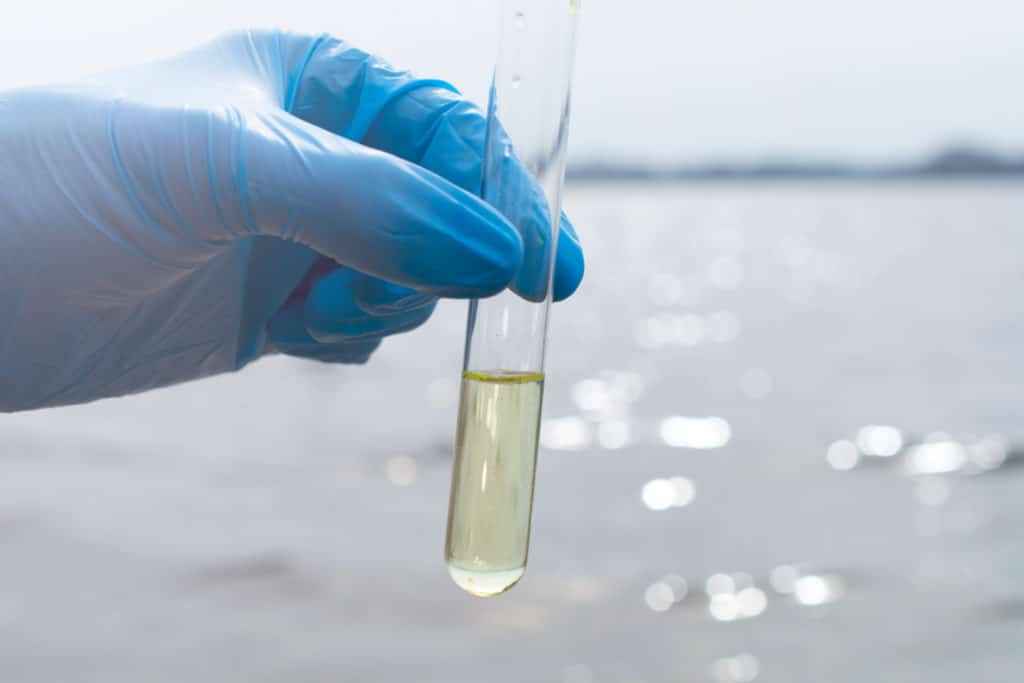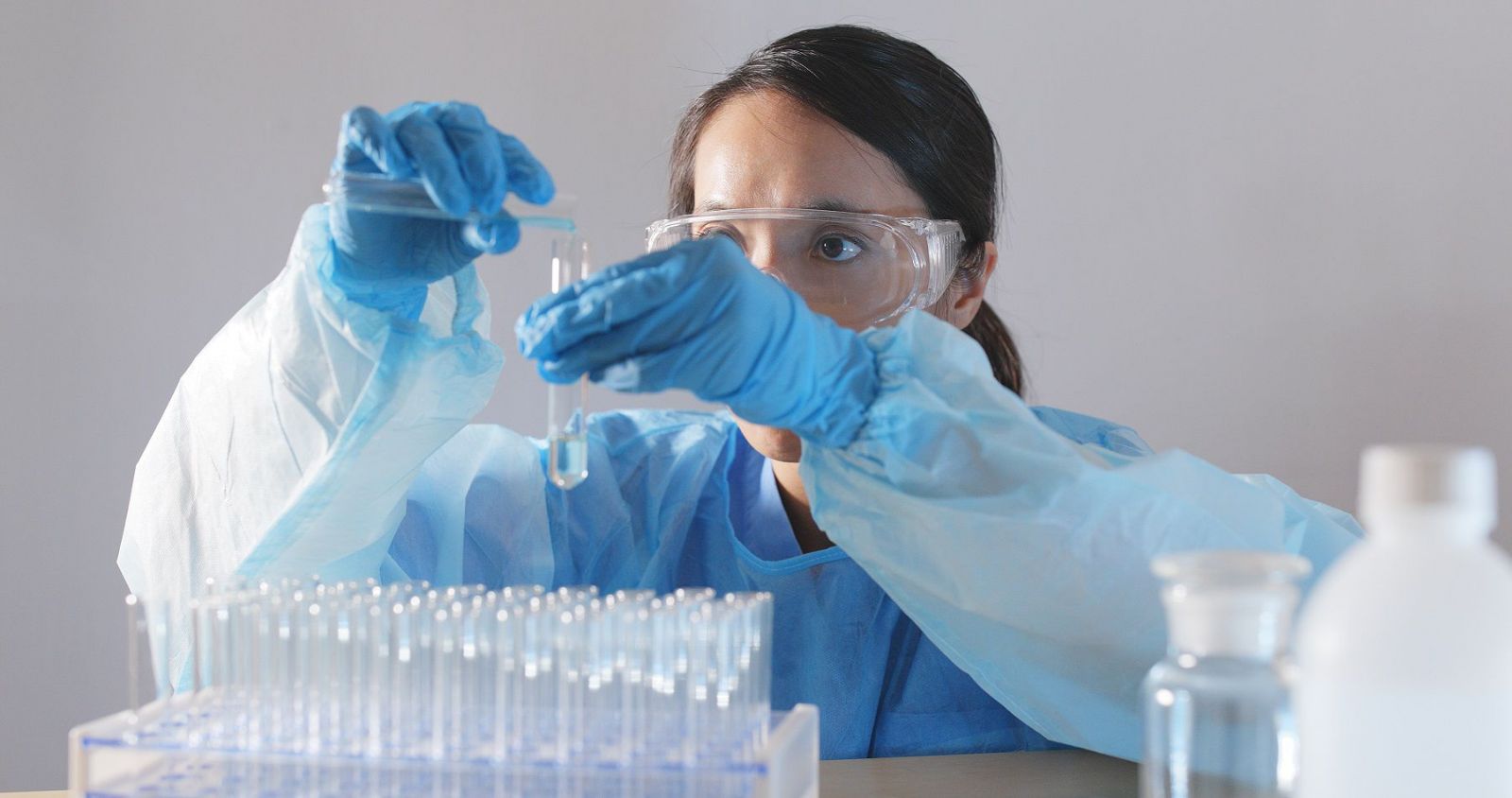Budget-friendly Water Testing Services Tampa: Shield Your Wellness Today
Budget-friendly Water Testing Services Tampa: Shield Your Wellness Today
Blog Article
Discover What Is Consisted Of in Water Checking and Exactly How It Makes Certain Safe Drinking Water
Understanding the complexities of water testing is critical in guaranteeing the high quality and security of our alcohol consumption water. Via a thorough exam of physical, chemical, and microbiological facets, water testing recognizes prospective pollutants that might position health risks. From the visibility of hefty metals to damaging bacteria, each test part plays a critical duty in preserving the integrity of our water supply. Advanced strategies like chromatography and spectrometry boost the precision of these analyses. Yet, just how do these procedures translate right into the governing frameworks that guarantee safety and security in our everyday consumption?
Trick Components of Water Screening
Water testing is an essential process that involves a number of vital components to make certain the security and top quality of drinking water. In addition, making certain the pH balance of water is vital, as it impacts the water's corrosiveness and the efficiency of sanitation procedures.
An additional significant component involves microbiological analysis, where water samples are analyzed for the existence of bacteria such as germs, viruses, and protozoa. If taken in, this analysis is vital to identify biological hazards that could pose health threats. Chemical evaluations are performed to find natural and not natural compounds, such as heavy steels, nitrates, and chemicals, that might be present in the water supply.

Detecting Unsafe Impurities
Discovering hazardous impurities in drinking water is a basic aspect of securing public health. This process entails determining possible threats that can jeopardize the top quality and security of water products. Contaminants can range from microbes such as bacteria, viruses, and protozoa, to not natural substances like lead, arsenic, and nitrates, as well as natural toxins including chemicals and industrial chemicals. Each sort of pollutant positions unique wellness risks, making their detection vital to ensure the water taken in by the public is safe.
Water testing for pollutants is normally performed by governing firms and water energies, utilizing a mix of field sampling and lab analysis. These assessments are developed to spot both naturally occurring substances and anthropogenic pollutants that might have gotten in the water via farming overflow, industrial discharge, or aging infrastructure. Regular monitoring is essential, as contamination degrees can rise and fall as a result of ecological modifications, seasonal variations, or human tasks.
The recognition of damaging pollutants informs required activities, such as water therapy interventions or public advisories, to alleviate risks. Early detection is essential to protect against negative health and wellness effects, ranging from gastrointestinal ailments to long-lasting conditions like cancer, thereby making certain the proceeded safety and security of drinking water.

Chemical Analysis Strategies
In the world of guaranteeing risk-free drinking water, chemical analysis strategies play an essential role in recognizing and evaluating pollutants. These techniques are necessary for finding a large selection of chemical compounds, consisting of heavy steels, chemicals, and commercial contaminants, which can pose significant health and wellness dangers.
Gas chromatography-mass spectrometry (GC-MS) is one more crucial technique, especially for organic compounds. It divides intricate mixtures and determines semi-volatile and unstable natural compounds, making sure that pollutants like benzene and toluene are within risk-free limits. High-performance fluid chromatography (HPLC) is in a similar way used for non-volatile materials, including certain chemicals and drugs.
Ion chromatography is used to establish focus of cations and anions, such as nitrates and sulfates, which are pivotal in evaluating water high quality. These chemical analysis methods jointly make certain that drinking water continues to be risk-free by discovering discrepancies from developed purity norms, thus protecting public health. Guaranteeing accuracy and precision in these examinations is vital to keeping the integrity of water security analyses.
Microbiological Testing Techniques
Accurate microbiological screening is essential for protecting public wellness by making sure that alcohol consumption water is without unsafe virus. This procedure includes finding and enumerating bacteria such as germs, infections, and protozoa that may contaminate water products. Usual pathogens consist of Escherichia coli, Giardia, and Cryptosporidium, each posing significant health and wellness threats.
A number of approaches are employed in microbiological testing to identify these dangers. The membrane filtration technique is often made use of, entailing water going through a filter that captures bacteria, which are after that cultured to determine their existence and focus. The multiple-tube fermentation method enables the metrology of coliform germs using a series of dilution and incubation actions.
Advancements in technology have actually introduced molecular techniques such as polymerase chain reaction (PCR), which permits the extremely particular and quick discovery of microorganisms by magnifying their hereditary material. Enzyme-linked immunosorbent assays (ELISA) also supply a method to discover pathogens by determining details healthy proteins or antigens.
These varied approaches are necessary for extensive water top quality evaluation, guaranteeing that water treatment procedures are effective and that this article distribution systems maintain safety. By employing these microbiological testing techniques, potential carcinogen can be recognized and reduced immediately.

Importance for Public Health
Guaranteeing the microbiological safety and security of drinking water straight affects public health and wellness by protecting against the spread of waterborne illness. Microorganisms such as microorganisms, infections, and protozoa can lead to illnesses like cholera, dysentery, and stomach infections (Well water testing services). The application of detailed water testing procedures is vital in determining and alleviating these dangers, hence guarding communities from possible episodes
Normal water testing not just detects microbial contaminants but additionally analyzes chemical and physical parameters that could influence wellness. For example, too much degrees of nitrates or heavy steels such as lead can pose significant wellness risks, specifically to prone populations like babies and expecting women. By determining these hazards early, water screening enables prompt interventions, making certain the supply of water stays within safe intake requirements.
Additionally, water testing plays an important duty in maintaining public self-confidence in municipal water systems. For plan makers and health and wellness officials, the information derived from water screening navigate here educates decisions on facilities investments and public health and wellness approaches, ensuring sources are routed where they are most needed.
Verdict
Water screening works as a necessary mechanism for making certain the safety and security and high quality of alcohol consumption water through comprehensive analysis of its physical, chemical, and microbiological properties. By discovering dangerous contaminants, such as hefty steels and chemicals, and using advanced techniques like chromatography and spectrometry, water screening helps with the identification of potential wellness risks. The implementation of rigorous screening methods is vital for maintaining compliance with security standards, eventually safeguarding public wellness and reinforcing self-confidence in community water supply.

By recognizing these hazards early, water informative post testing allows timely treatments, making sure the water supply continues to be within secure consumption standards.
Water testing serves as a vital system for making sure the safety and security and top quality of alcohol consumption water via comprehensive evaluation of its physical, chemical, and microbiological homes.
Report this page